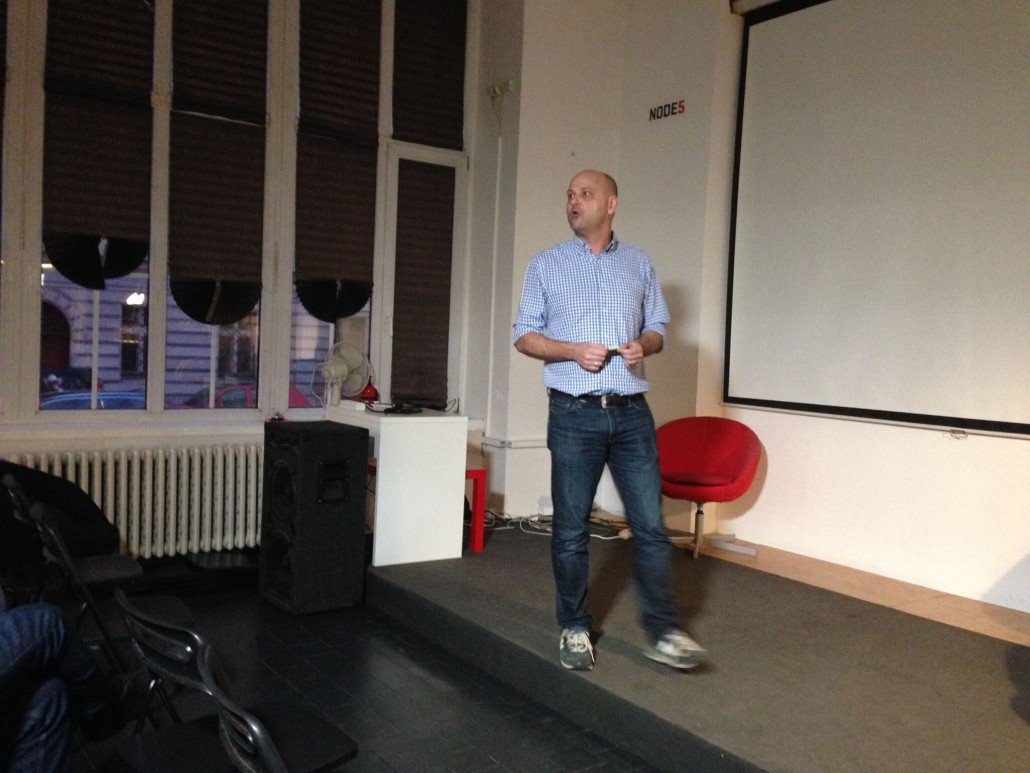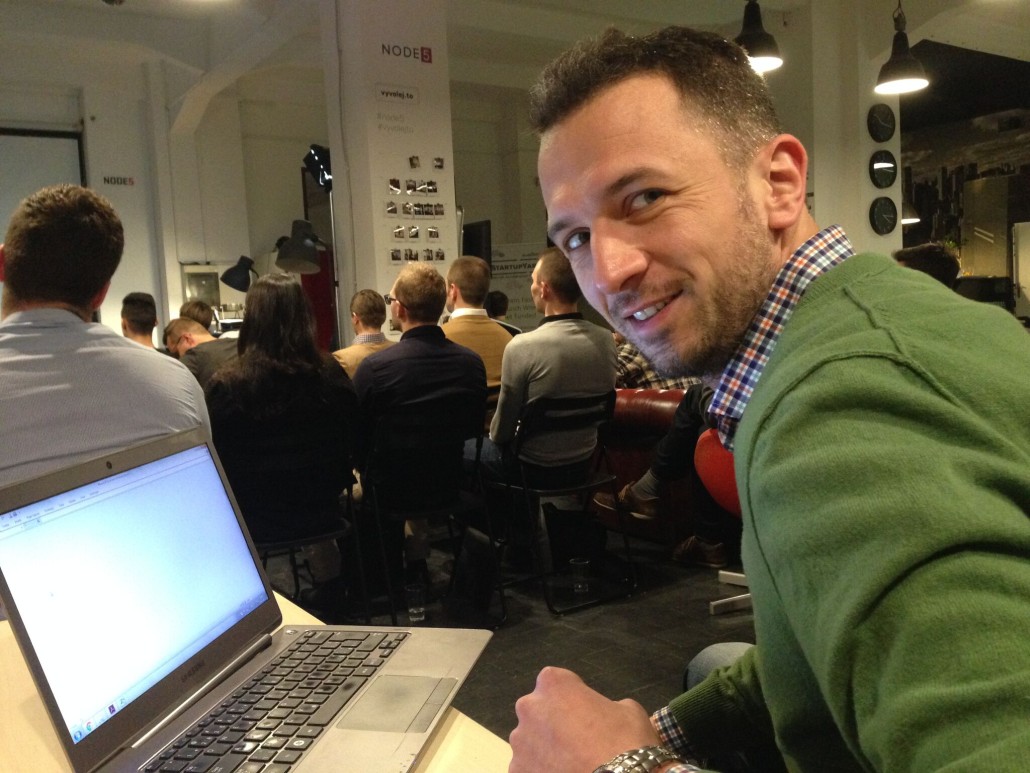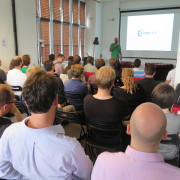Is Your HomePage Really Your Business?
Is Your Homepage really your business?
The homepage is in the DNA of startups. A lot of people think of tech companies as websites, even when they have little do with each other. That’s as it has been since the “dot com” boom of the 90s, when adding “.com” to a company name was enough to boost its stock price.
These days, a good looking homepage and landing pages are essential for establishing any company’s basic credentials. But the tools for creating such a page in only a few hours are now readily available, and very cheap. For the most part, a dedicated web designer isn’t even needed to make a smart homepage that is sufficient for most early stage startups.
Aside from that, many very successful startups rely very little on their websites to generate business, because they have to find their customers on other platforms, like social media, or through partnerships.
Tunnel Vision
Sometimes though, startups get bogged down in the process of strategizing and devising their messaging, with much of the focus being on how the homepage looks, what the copy says, and how it can be optimized for maximum selling potential. Part of this comes from a phenomenon I’ve talked about before: “over-mentoring,” which is where startups get trapped in a vicious cycle of requesting more and more feedback, and stop being able to make decisions quickly.
And a lot of that over-mentoring happens with the homepage, because it is the first thing that most mentors see from the startup. The conversation often revolves around it, and the messaging it contains, instead of the core problems the startup is really facing in their business (which may or may not have to do with optimizing their homepage).
I’m even more guilty of this than most mentors, because I’m a copywriter, and I love analyzing and optimizing web pages. But the truth is that 9 times out of 10, a simple formula will work just fine: a headline, a sub-header, and a call to action. The classical “triangle” shape that millions of simple homepages use.
To fight over-thinking, I’ve been finding myself challenging teams to live with an imperfect website. I’ll ask them, “why are you focusing so much of your energy on this? Is that justified by the kind of traffic you are hoping to generate with it?” In some cases, the answer is yes. But often, it’s not clear the founders have given that much thought.
The homepage can be a vital step for onboarding customers. But that’s less and less true today, and many of our startups will never need elaborate pages at all in order to do business. They’ll need brilliant apps, or intelligent and well designed processes, but the homepage won’t create loyal customers- the product/service will do that.
A “Perfect” Homepage is a Moving Target
“A perfect homepage is a moving target. Don’t outsmart yourself.”
Lots of engineers treat their homepages as if they need to “get it right,” on the first try. But that’s putting themselves at a big disadvantage from the outset. Homepages, just like products, are pretty much never right at the beginning. Only experimenting, testing, tweaking, and retesting will yield something that you can be sure is living up to its full potential. It’s far better to be responsive to how people react, and to what kinds of visitors you attract, than to try and game out an elaborate homepage strategy from day one.
A common mistake is to mix up the “promise” of a startup with the promise of a homepage, although the short term goals of both are often not aligned, particularly at the beginning. This might mean that the messaging veers too close to the “mission statement” of the company, like “make the world a better place,” instead of the immediate goal of the page, which might be to get people interested in an upcoming release.
PRO TIP: Use tools like HotJar.com to better understand how visitors react and interact with your homepage.
It’s natural to want the homepage to look as you want the company to look, making it appear more professional and more established than the company truly is. But “fake it till you make it,” is a dicey proposition when it comes to winning the trust of customers and investors. It’s easy to fail at looking like a bigger deal than you are, and there’s little real benefit outside of ego from trying to.
And while startups are over thinking the design tactics, they’re underthinking basic strategy with a homepage. What is the promise of the homepage? If it is designed to attract leads, then it needs to offer users a very easy and seamless way of getting in contact. If it is meant to generate customers, then it needs to show them a simple and persuasive argument for buying the product, along with an easy way to do so.
These elements cannot be perfected in the lab- they have to be worked on over time, meaning that the work is never really finished. What’s more, these goals will shift over time as the product, customer set, and offering changes. It’s easy to get burned out on the first version of a homepage, and then leave it that way for far too long. For some startups, a homepage becomes like a bad marriage that they’re unwilling to end because of all the work that went into it.
Don’t Outsmart Yourself
I’ll keep demanding that startups build practical, usable, clean, and attractive homepages. It’s really important to devise and employ strong emotional use cases, and communicate them. But don’t make your homepage a blocker for you getting down to the real business, which isn’t just selling to your customers, but serving them something they really want.
If you’re struggling with your messaging, then take yourself off the hook. Create a minimal homepage, and focus on interacting with your customers. Over time, you can optimize to make sure you aren’t scaring anyone away, or missing any big opportunities. But don’t try and use your homepage to define your whole business- your customers shouldn’t be interested in that, and neither should you.


























